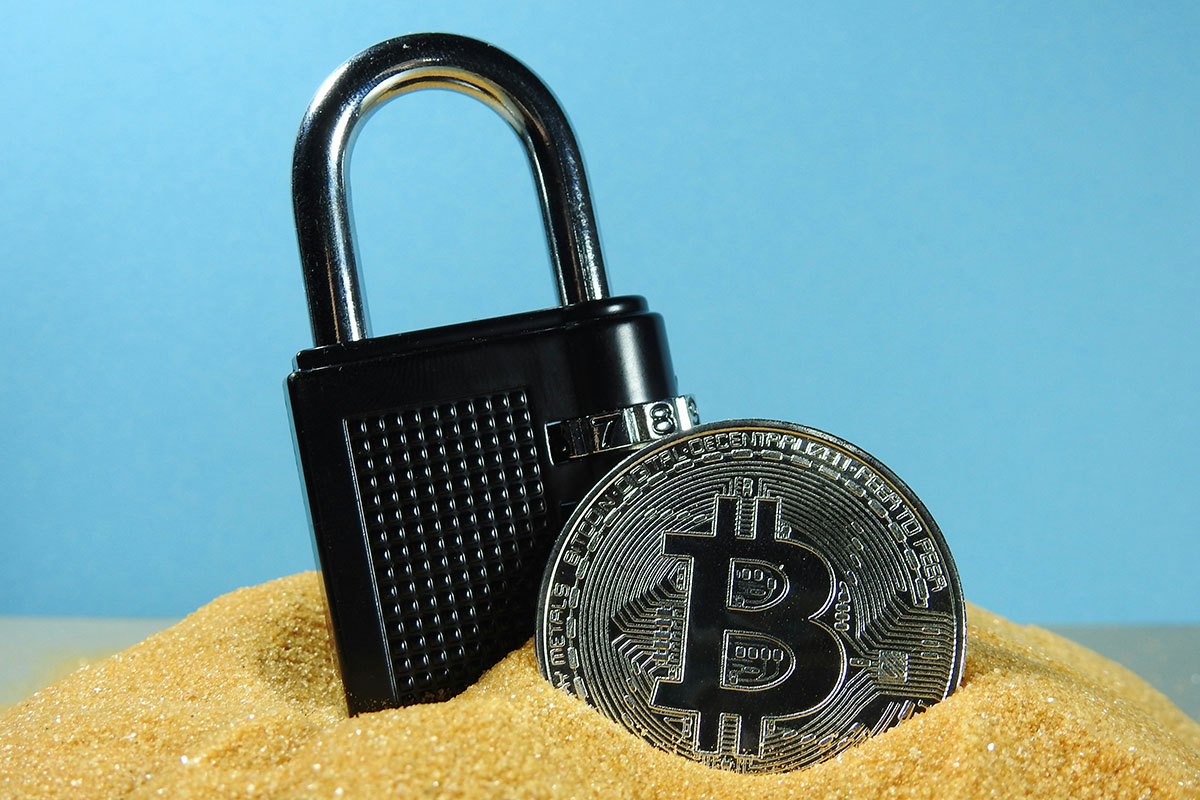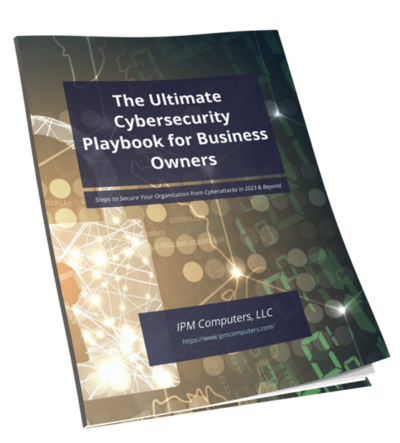Decentralized Finance, commonly referred to as DeFi, has rapidly gained popularity in recent years. It uses blockchain technology and smart contracts to offer financial services without intermediaries. This innovation enables users to participate in activities like lending, borrowing, and trading with greater transparency and efficiency.
For both investors and developers, it’s essential to understand and address security risks in the DeFi space. While there is potential for high returns, there are also significant vulnerabilities.
Below, you will learn about:
- The most common security risks associated with DeFi.
- Strategies to mitigate these risks effectively.
- Practical insights to protect your investments in the evolving DeFi landscape.
Smart Contract Vulnerabilities
Smart contracts are self-executing contracts with the terms of the agreement directly written into code. In DeFi, they automate transactions, but vulnerabilities can be exploited by malicious actors. Common vulnerabilities include:
- Reentrancy Attacks: These occur when a smart contract calls an external contract, allowing it to re-enter the original contract before its state is updated.
- Integer Overflows/Underflows: Flaws in arithmetic operations can lead to unintended behavior.
Oracle Manipulation Attacks
Oracles are essential in DeFi as they provide external data, such as price feeds, to smart contracts. This allows decentralized applications to access real-world information. However, relying on a single centralized oracle poses significant risks:
- Manipulation Vulnerabilities: Malicious individuals can take advantage of weaknesses in centralized oracles to change price data.
- Case Studies: There have been notable incidents where an oracle within a DeFi protocol was exploited, leading to millions lost due to manipulated price feeds.
To address these risks, decentralized oracle solutions like Chainlink are being developed. These solutions gather data from multiple sources, improving security and reliability in DeFi applications.
Understanding Rug Pulls and How to Protect Yourself
Rug pulls are a common scam tactic in the DeFi world. In this scheme, developers abandon a project after locking in investors’ funds, leaving them with worthless tokens. Understanding how rug pulls work is crucial for safeguarding your investments.
How to Spot Potential Rug Pulls
To identify potential rug pulls, consider using tools like TokenSniffer and DeFiSafety. These platforms offer insights into token contracts and project legitimacy.
Notable Examples of Rug Pulls
Several high-profile cases have highlighted the dangers of rug pulls, resulting in significant financial losses:
- Pinksale’s Rug Pull: Investors were left with nothing as developers disappeared.
- Compounder Finance Incident: A $10 million loss occurred when the team executed a rug pull.
Stay Informed and Alert
Being aware of these risks and staying vigilant is crucial in reducing the chances of falling victim to such scams.
Phishing Attacks Targeting DeFi Users
Phishing attacks pose a significant threat to DeFi users, employing various tactics to deceive individuals into revealing sensitive information. Scammers often create fake websites or deceptive emails that mimic legitimate platforms, tricking users into providing their private keys and wallet credentials.
To combat these threats, consider the following best practices for phishing attacks prevention:
- Secure Wallet Management: Use wallets like MetaMask with strong passwords and enable two-factor authentication.
- Caution with Links: Always verify URLs before clicking. Be wary of unsolicited emails requesting information.
- Educate Yourself: Stay informed about common phishing schemes and recognize red flags.
Private Key Mismanagement Risks in DeFi
Private key management in DeFi is crucial, as these keys grant access to your funds on decentralized platforms. Neglecting their security can lead to significant losses.
To safeguard your private keys, consider the following strategies:
- Hardware Wallets: Devices like Ledger and Trezor store your keys offline, reducing exposure to online threats.
- Shamir’s Secret Sharing: This technique splits your private key into multiple parts, allowing recovery even if some pieces are lost or compromised.
Custodial vs Non-Custodial Wallets: Which is Safer?
Understanding the differences between custodial wallets and non-custodial solutions is crucial in the DeFi landscape.
1. Custodial Wallets
With custodial wallets, a third party manages your funds. While this offers convenience, it often comes with higher risk; if the provider is compromised, your assets may be at risk.
2. Non-Custodial Solutions
On the other hand, non-custodial solutions allow you to maintain full control over your assets. This provides greater security as there’s no reliance on an external entity, but it also means you bear the responsibility for safeguarding your private keys.
Governance Attacks in Decentralized Autonomous Organizations
Decentralized Autonomous Organizations (DAOs) use governance systems that give power to token holders to make decisions together. These systems usually involve:
- Voting Systems: Token holders vote on proposals to influence the direction of the organization.
- Weighted Voting: Votes may carry different weights based on the number of tokens held.
However, there are vulnerabilities in these governance structures. For example, large token holders can manipulate voting outcomes, swaying decisions in their favor. Malicious individuals may also create fake proposals that mislead other participants, undermining the integrity of the governance process.
Front-Running: A Major Concern for DEX Traders
Front-running in DeFi markets refers to the practice where traders exploit knowledge of pending transactions to gain an unfair advantage on decentralized exchanges.
Key implications include:
- Market Manipulation: Traders can place orders before others, often leading to unfavorable conditions for regular users.
- Loss of Trust: This practice undermines the integrity of DEXs, as users may feel that they cannot execute trades fairly.
- Tools like Flashbots: Designed to combat front-running by allowing users to bundle transactions, thus reducing the opportunity for exploitation.
Impermanent Loss: A Hidden Risk for Liquidity Providers on DEXs like Uniswap and Balancer
Impermanent loss affects liquidity providers when the value of assets within a liquidity pool diverges from their original value due to market fluctuations. This can lead to potential losses that are not realized until assets are withdrawn from the pool. Key points to consider:
- Market Dynamics: When the price ratio of tokens changes significantly, your share in the pool may become less valuable compared to holding the assets directly.
- Impact on Returns: While providing liquidity can yield transaction fees, impermanent loss can negate these gains if token prices fluctuate greatly.
- Platforms Affected: Popular DEXs like Uniswap and Balancer illustrate this risk, making it crucial for liquidity providers to understand and manage it effectively.
Managing Regulatory Risks in the Changing DeFi Landscape
Regulatory risks in DeFi have become more prominent as authorities try to establish rules for this fast-growing industry.
Key Regulations to Watch
- SEC Regulations: The U.S. Securities and Exchange Commission (SEC) has recently issued guidelines aimed at providing clarity on the classification of digital assets, emphasizing compliance with securities laws.
Important Factors to Consider
- Jurisdictional differences can create uncertainty for DeFi platforms operating across borders.
- Compliance with Anti-Money Laundering (AML) and Know Your Customer (KYC) protocols is becoming essential.
Mitigation Strategies for Common DeFi Security Risks
Security should be a top priority. Addressing vulnerabilities proactively can significantly reduce risks. Here are effective strategies to enhance security:
1. Regular Smart Contract Audits
Engaging reputable firms for comprehensive audits is essential. These firms specialize in identifying vulnerabilities within smart contracts. Regular audits ensure that potential flaws are addressed before they can be exploited by malicious actors.
2. Implementation of Bug Bounty Programs
Inviting ethical hackers to participate in bug bounty programs allows projects to leverage external expertise. By offering rewards for identifying vulnerabilities, projects can uncover issues that internal teams may overlook. This collective effort bolsters security measures and encourages transparency within the community.
3. Standardized Contract Libraries
Utilizing established libraries such as OpenZeppelin helps avoid common pitfalls associated with custom code. These libraries have undergone extensive scrutiny and testing, minimizing the risk of introducing vulnerabilities into your project. Standardization also promotes best practices across the industry.
4. Decentralized Oracle Networks
Implementing decentralized oracle networks like Chainlink reduces dependency on single data sources, which can be vulnerable to manipulation. These networks aggregate multiple price feeds, enhancing reliability and integrity in data provision for DeFi applications.
5. Adoption of Time-Locked Mechanisms
Time-lock features allow transactions or changes to be delayed before execution, providing users with a window to react to potential anomalies. This mechanism acts as a safeguard against unauthorized actions or exploitation attempts.
6. Encouraging Community Involvement
Creating an informed user base is vital in identifying threats early. Hosting workshops, webinars, and educational resources can empower users to recognize suspicious behavior or potential scams, fostering a proactive community.
7. Monitoring and Continuous Improvement
Establishing systems for ongoing monitoring ensures that newly discovered vulnerabilities are promptly addressed. Continuous improvement practices keep protocols up-to-date with the latest security standards and threat landscapes.
Utilizing Standardized Contract Libraries
Standardized contract libraries play a crucial role in reducing security risks within the DeFi ecosystem. These libraries, such as OpenZeppelin, offer pre-audited and well-tested smart contract templates that developers can use to build their applications. By using these resources, you can significantly lower the chances of introducing vulnerabilities into your projects.
Key benefits of using standardized contract libraries include:
- Proven Security: Contracts within these libraries undergo rigorous testing and auditing, which decreases the chances of exploitation.
- Efficiency: Developers save time by leveraging existing code instead of creating contracts from scratch.
- Best Practices: Standardized libraries incorporate industry best practices, ensuring that security measures are built-in from the outset.
Consider the following points when choosing a library:
- Opt for widely recognized libraries with strong community backing.
- Regularly check for updates and patches to ensure your contracts remain secure against new threats.
Using standardized contract libraries is an effective strategy to navigate the complex world of DeFi security risks. This approach not only improves the overall security of your projects but also builds greater trust among users.
Leveraging Decentralized Oracle Networks
Decentralized oracle networks play a crucial role in the DeFi landscape by providing reliable, tamper-proof data feeds for applications. Given that oracles bridge blockchain smart contracts with real-world data, their accuracy and reliability are paramount.
Key Benefits of Decentralized Oracles:
- Data Integrity: By sourcing data from multiple independent providers, decentralized oracles minimize risks associated with single points of failure or manipulation.
- Enhanced Security: Utilizing networks like Chainlink reduces vulnerabilities linked to oracle manipulation attacks. This network’s robust consensus mechanism ensures that price feeds reflect true market conditions.
- Resilience Against Attacks: Decentralized setups are less appealing targets for hackers compared to centralized alternatives, contributing to the overall security framework of your DeFi investments.
Examples of Oracle Manipulation Risks:
In 2020, notable incidents involved significant losses due to manipulated price feeds from centralized oracles. These events underscored the necessity for decentralized solutions.
Integrating decentralized oracle networks into your DeFi strategy can significantly mitigate risks associated with inaccurate data feed. By prioritizing these systems, you enhance the security posture of your financial operations within the DeFi space, directly addressing one of the 10 Common DeFi Security Risks & How to Mitigate Them.
Implementing Secure Wallet Solutions
To enhance security, consider these strategies:
- Hardware Wallets: Devices like Ledger and Trezor store private keys offline, minimizing exposure to online threats.
- Secure Backup Techniques: Use methods such as Shamir’s Secret Sharing to distribute parts of your private keys across multiple locations.
- Multi-Signature Wallets: Require multiple approvals for transactions, adding an extra layer of security.
Be proactive in safeguarding your assets against potential threats while engaging in decentralized finance activities. By making informed choices about wallet solutions, you can significantly reduce vulnerability to hacks and unauthorized access.
Building a Safer Future for Decentralized Finance
The rapid growth of DeFi has opened doors to innovative financial solutions, yet these common DeFi security risks must be addressed to ensure a secure environment.
Key strategies for fostering a safer DeFi ecosystem include:
- Regular Security Audits: Engage reputable firms to conduct thorough audits. This can help identify vulnerabilities in smart contracts.
- Diverse Oracle Solutions: Implement decentralized oracle networks such as Chainlink to reduce reliance on single sources of truth.
- User Education: Promote awareness about phishing attacks and encourage best practices in wallet management.
- Enhanced Governance Models: Introduce safeguards like time-lock mechanisms and weighted voting systems to protect against governance attacks.
- Insurance Options: Consider insurance policies tailored for cyber liability, which can mitigate the financial impact of unexpected breaches.
Investors, developers, and users must collaborate to prioritize security. By adopting these measures, you contribute to a resilient and robust financial ecosystem that embraces decentralization while safeguarding participants from potential threats.
Frequently Asked Questions About DeFi Risks
What are the main security risks associated with DeFi?
The main security risks in DeFi include smart contract vulnerabilities, oracle manipulation attacks, rug pulls, phishing attacks, private key mismanagement, governance attacks in DAOs, front-running, impermanent loss for liquidity providers, and regulatory risks.
How can I mitigate smart contract vulnerabilities in DeFi?
To mitigate smart contract vulnerabilities, it is crucial to conduct regular audits by reputable firms. Utilizing standardized contract libraries can help reduce the risk of introducing new vulnerabilities.
What are rug pulls and how can I avoid them?
Rug pulls are exit scams where fraudulent projects withdraw all funds from investors. To avoid them, use tools like TokenSniffer and DeFiSafety to assess the legitimacy of a project before investing. Look for red flags such as anonymous teams or lack of transparency.
What best practices should I follow to prevent phishing attacks in DeFi?
To prevent phishing attacks, securely manage your private keys and be cautious of suspicious links or emails. Always verify the authenticity of websites and use hardware wallets for added security.
What is the difference between custodial and non-custodial wallets in DeFi?
Custodial wallets involve a third party holding your funds, while non-custodial wallets give you full control over your assets. Non-custodial solutions are generally considered safer as they eliminate reliance on third-party services.
How does impermanent loss affect liquidity providers on DEXs?
Impermanent loss occurs when the value of assets in a liquidity pool diverges from their original value due to market fluctuations. This hidden risk can significantly impact returns for liquidity providers on decentralized exchanges like Uniswap and Balancer.





